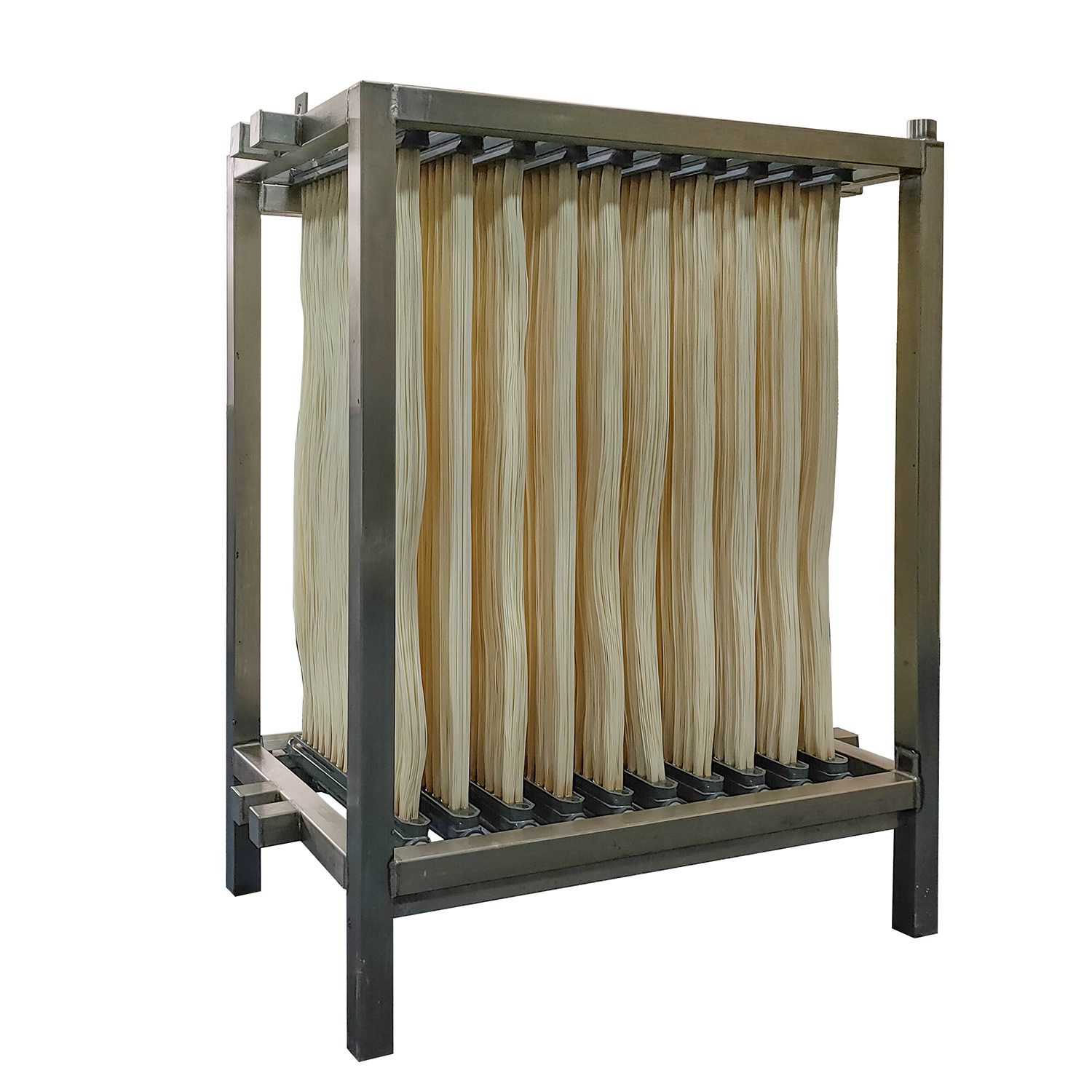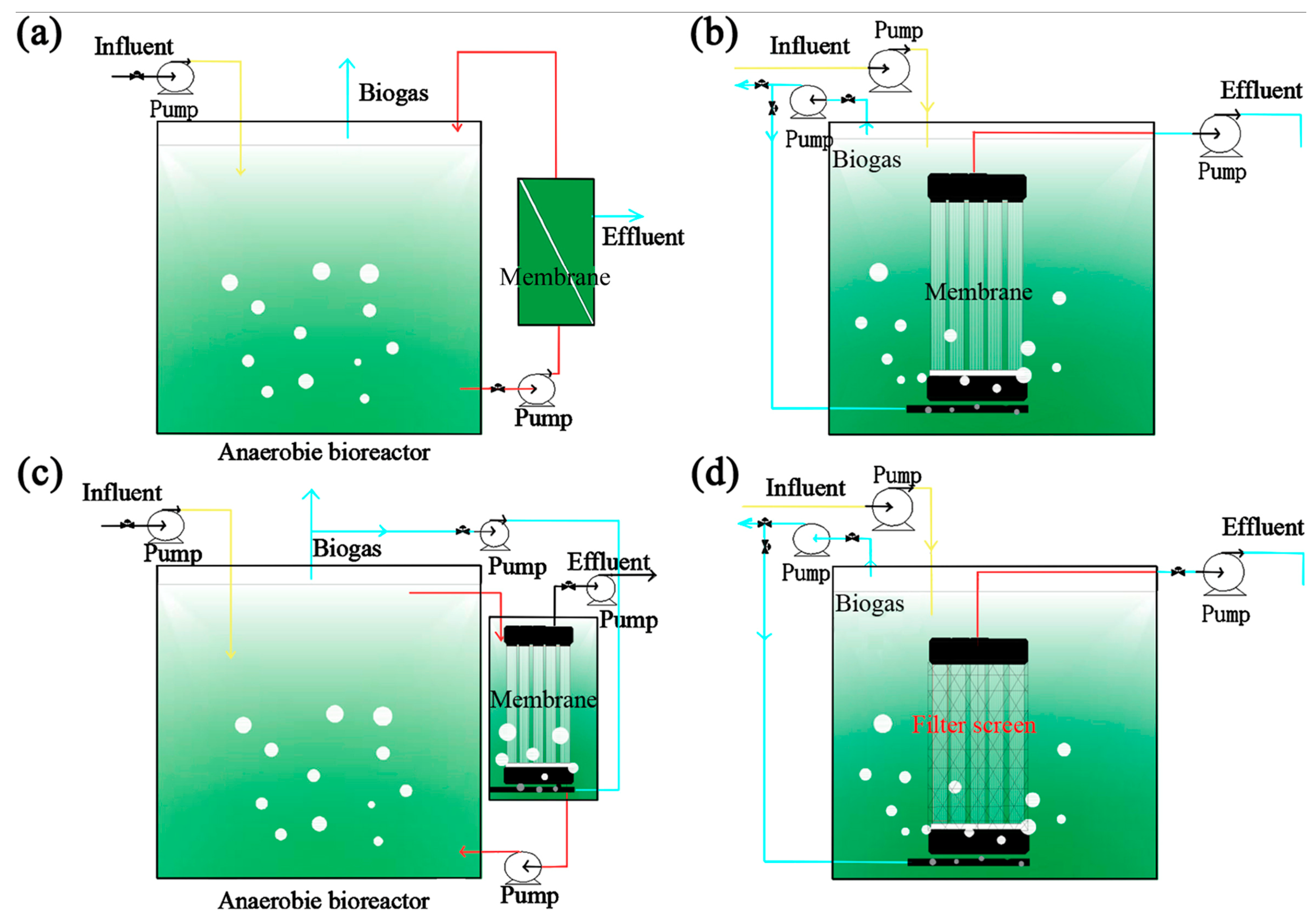Membrane Bioreactor vs. Traditional Treatment Methods: Key Differences Explained
Wiki Article
Understanding Membrane Layer Bioreactors: The Future of Wastewater Treatment
Membrane layer bioreactors (MBRs) represent a notable technology in the field of wastewater treatment, incorporating organic processes with sophisticated membrane layer filtration to improve effluent top quality. As global water shortage and rigid governing frameworks end up being significantly pressing issues, MBR innovation supplies an effective reaction with its capacity to decrease footprint and optimize resource healing.What Are Membrane Layer Bioreactors?

The core components of MBR systems include a bioreactor where microbial activity occurs and a membrane unit that filters the mixed liquor. This dual functionality enables the simultaneous degradation of raw material and solid-liquid splitting up in a solitary step. MBRs can operate in both submerged and exterior configurations, with submerged systems being extra common due to their portable style and functional efficiency.
The fostering of MBR modern technology has actually obtained grip in different applications, ranging from community wastewater treatment to commercial effluent monitoring. MBRs are especially beneficial in circumstances where space is limited or rigorous effluent high quality standards have to be fulfilled. By preserving a high concentration of microbes within the bioreactor, MBRs boost the deterioration of organic toxins, consequently producing higher therapy effectiveness compared to typical techniques.
Trick Benefits of MBR Modern Technology
The integration of organic treatment with membrane layer filtration in MBR systems supplies various benefits that set it in addition to conventional wastewater therapy methods. One of the key benefits is the boosted effluent quality. MBRs successfully remove suspended pathogens and solids, accomplishing greater levels of filtration that fulfill strict discharge requirements and facilitate water reuse applications.
An additional significant advantage is the decreased sludge manufacturing. MBR systems create much less excess sludge, leading to lower disposal expenses and a reduction in ecological influence. The shut nature of the membrane layer system minimizes the risk of odor discharges and improves general procedure control.
Last But Not Least, MBRs are versatile and functional, making them suitable for various wastewater types, including industrial and municipal sources. The ability to integrate with advanced treatment technologies further enhances their effectiveness, making MBRs a promising solution for the future of wastewater management.
Challenges and Limitations of MBRs
While MBR modern technology supplies countless benefits, it likewise deals with a number of difficulties and limitations that can impact its prevalent fostering. One considerable difficulty is the high capital and operational prices linked with MBR systems. The preliminary investment for membrane products and the needed facilities can be substantial, making it much less obtainable for smaller sized towns or industries.Furthermore, membrane fouling continues to be an important problem that can diminish system efficiency and boost maintenance needs. Fouling occurs when solids, raw material, or microorganisms gather on the membrane surface area, resulting in reduced leaks in the structure and requiring constant cleaning or substitute.
One more constraint includes the complexity of the innovation. MBR systems require knowledgeable workers for procedure and maintenance, which can be an obstacle in regions with minimal technical expertise. The disposal of invested membranes provides ecological issues, as the products are often not naturally degradable and can add to waste administration obstacles.
Lastly, while MBRs can successfully deal with a vast array of wastewater, they might not appropriate for all applications, particularly those with high concentrations of fats, oils, and oils, demanding further study and technology to address these limitations.
Applications of Membrane Bioreactors
In numerous fields, membrane bioreactors (MBRs) have become a flexible option for wastewater therapy (Membrane Bioreactor). Their applications extend municipal, industrial, and agricultural settings, showcasing their versatility and efficiency in varied atmospheres. In metropolitan wastewater therapy plants, MBRs significantly enhance effluent quality, allowing for water reuse and decreasing the Your Domain Name environmental effect of discharged wastewaterIndustrially, MBRs are employed in food and beverage processing, textile manufacturing, and pharmaceutical manufacturing, where they effectively deal with high-strength waste streams. Their capacity to take care of rising and fall lots and differing pollutant concentrations makes them especially important in these industries. Additionally, MBRs facilitate the elimination of virus, put on hold solids, and organic matter, contributing to conformity with rigid discharge guidelines.
In agriculture, MBRs are increasingly made use of for dealing with agricultural runoff and animals wastewater, making it possible click this for the healing of nutrients for fertilizer production. They additionally aid in the treatment of greywater for watering, advertising sustainable water monitoring techniques.
The adaptability of MBRs is further shown by their assimilation with other technologies, such as anaerobic food digestion and advanced oxidation procedures, improving overall efficiency and resource recuperation in wastewater therapy systems.
The Future of Wastewater Treatment
Innovations in innovation and a growing focus on sustainability are shaping the future of wastewater therapy. Membrane bioreactors (MBRs) exhibit this shift by incorporating biological therapy processes with membrane layer filtering, causing top notch effluent suitable for reuse. The fad towards round economies is triggering centers to embrace MBRs for their capacity to recover sources, such as water and nutrients, from wastewater.Developments in membrane layer materials and setup are enhancing the effectiveness and long life of MBR systems, decreasing functional costs and energy intake. Smart technology combination, consisting of real-time tracking and automated control systems, is more optimizing performance and making it possible for anticipating maintenance, therefore decreasing downtime.
Furthermore, governing stress and societal expectations are pushing districts and industries to take on more sustainable methods. Membrane Bioreactor. The shift in the direction of decentralized wastewater therapy solutions is acquiring traction, enabling local therapy that reduces transportation costs and energy use
Final Thought
Membrane layer bioreactors (MBRs) stand for a transformative strategy look at this website to wastewater therapy, integrating biological processes with advanced membrane innovation. The advantages of MBRs, including improved effluent high quality, minimized spatial needs, and reduced sludge manufacturing, place them as a feasible remedy in the middle of expanding urbanization and more stringent ecological guidelines. Regardless of existing difficulties, the ongoing advancement in membrane materials and operational strategies promises to bolster the efficacy and fostering of MBRs, guaranteeing their essential function in the future of sustainable wastewater management.Membrane bioreactors (MBRs) stand for a significant advancement in the area of wastewater treatment, integrating organic procedures with sophisticated membrane filtration to boost effluent high quality.Membrane bioreactors (MBRs) combine organic therapy processes with membrane purification to successfully treat wastewater.The integration of organic treatment with membrane purification in MBR systems uses various advantages that establish it apart from conventional wastewater treatment approaches. Membrane bioreactors (MBRs) exhibit this change by incorporating biological therapy processes with membrane purification, resulting in top notch effluent suitable for reuse.Membrane layer bioreactors (MBRs) represent a transformative approach to wastewater therapy, integrating organic processes with innovative membrane modern technology.
Report this wiki page